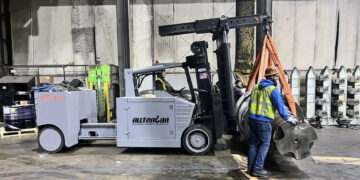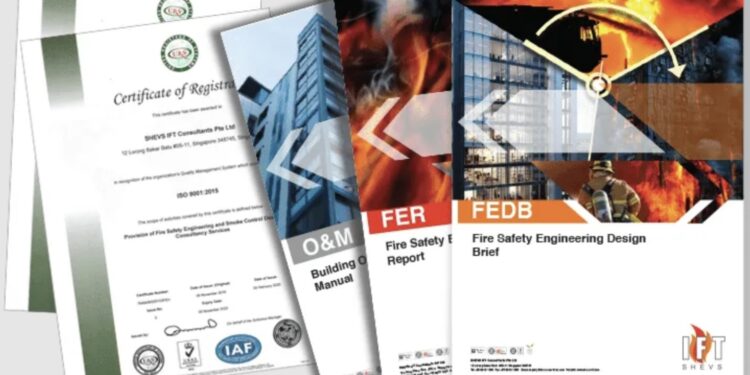WHAT IS THE PURPOSE OF A FIRE SAFETY REPORT?
The main purpose of conducting a fire safety report is to determine any potential fire hazards or safety risks with the objective of either removing or reducing these risks to ensure that the occupant’s, the environment, the home, or building are fully protected and that all of the safety precautions, regulations and measures have been followed. This report will also consist of a results-based performance assessment which will address the nominated departures of the building code provisions which is also referred as DTS provisions. Building certifiers obligations will be assessed in relation to the perspective of the State Legislation. It will also be noted that in all these reports, it is a vitality important condition that a copy of this fire safety document must be kept onsite at all times. The details and requirements of the report will also need to be added to the building fire safety schedule. This report is an integral component of the building codes and maintenance which must be followed and implemented.
HOW DO YOU CONDUCT A FIRE INVESTIGATION REPORT?
A fire investigation report is a document which will describe the design principles and performance solutions for a building with the regards to all the aspects of fire safety. A typical fire safety investigation report will be conducted by structuring the report which consists of four main sections. These sections are the introduction, the methods, the results, and the discussion. This introduction will provide the background, context and all the objectives described in the report. These methods will then decide how the data will be collected and then analyzed. The results of the report will demonstrate the findings and observations which will include testing and organizing the information which has been gathered and analyzed into comprehensible results for the fire investigation report.
WHAT IS CFD IN FIRE ENGINEERING?
In fire engineering, CFD represents computational fluid dynamics. This is routinely implemented as an analysis tool during fire and combustion engineering as it will process the ability to handle the complex geometrics and the characteristics of the combustion and the fire. CFD is also known as fire modeling and is key for predicting the spread of the smoke and heat from the fire and the environment. It is known as a powerful design and safety method.
WHAT IS THE DIFFERENCE BETWEEN FIRE ENGINEERING BRIEF AND FIRE ENGINEERING REPORT?
A fire engineering safety brief is distributed and approved of by the stakeholders which includes a building certifier or surveyor as well as the fire brigade. Once an agreement has been received from the fire engineering brief, the fire engineer report can then be developed. This brief is required to meet all the relevant goals and objectives of fire safety. The fire engineering report is then documented describing all the principles and performance solutions regarding fire safety which have been approved of by the building design. This report should be considered as a fire safety measure. It will also state that if there are any changes which occur to the building itself either in usage or layout, the report will need to be reviewed and its validity must be confirmed by an accredited fire safety professional.
CONCLUSION
To summarize, the main goal and objectives of fire safety is to protect the lives of people and property, prevent the fires and also limit the damage and maintain continuity of the operations and ensure the safety of all the people and other employees are protected. Fire engineers will help to plan for an emergency or event which are conducted by analyzing both human and fire behavior. All this effort is designed to protect against the loss of life and property. They are highly trained professionals who will use this analysis to determine the fire dynamics and help identify fire structures and people who are at risk. Fire safety engineers can effectively understand all the potential risks and dangers and threats of combating a fire. These experts will assess environments, determine vulnerabilities or any potential accelerants. This is all pivotal in effectively forming fire safety strategies and prevention.





























